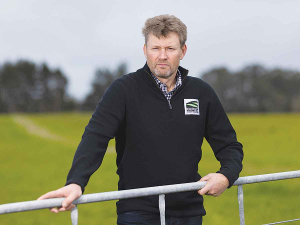Some Canterbury dairy farmers are moving to once-a-day (OAD) milking after the tail end of Cyclone Cook capped off an already wet autumn.
While the province has escaped the devastation of the flooding which hit parts of the North Island, enough rain has fallen to make pastures soggy and bring the rare sight of water flowing in the Selwyn River.
DairyNZ consulting officer and regional leader for Canterbury/North Otago, Virginia Serra, says while some farmers in North Canterbury are saying the autumn rains still weren’t enough to end three years of drought, other areas are “really, really wet,” particularly in South Canterbury and North Otago.
Too much rain at the tail end of the season could be a big challenge, she says.
While it is common to hear of a few lame cows at this time of year, lameness is a bigger issue this season.
More farmers than usual were putting whole herds on OAD milking in Canterbury to reduce walking to the shed in the wet conditions, when hoofs are softer and more prone to damage.
“Any issue that may have been latent anyway becomes worse when cows have wet feet for longer,” says Serra.
Farmers hoping to feed fodder beet in situ are also challenged by the conditions. Serra says she is hearing of farmers waiting for fields to dry, to avoid putting cows onto the crop in wet conditions.
Meanwhile, Environment Canterbury report the Selwyn River was flowing across the plains for the first time in years, recharged by ex-cyclone Debbie in early April and ex-cyclone Cook a week later.
ECan chief scientist Dr Tim Davie says that with Debbie the river had recorded 75 cumecs at Whitecliffs, where the headwaters leave the foothills and meet the plains.
“That’s a big flood. That’s more than the Waimakariri flows at for most of the year. But it wasn’t enough to get it all the way across the plains.”
He says it then took a lot more rain for the gravel river bed to be full and the river to flow right across the plains.


















